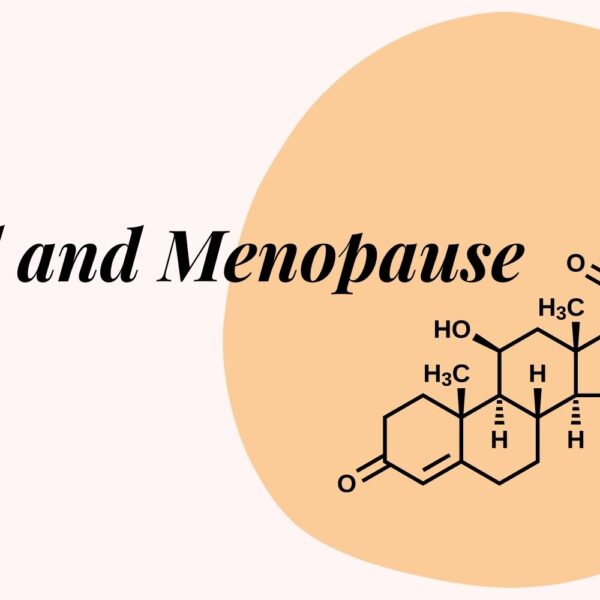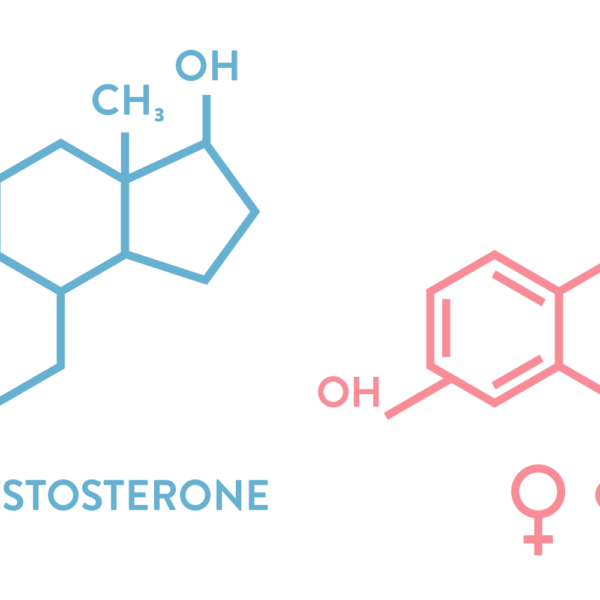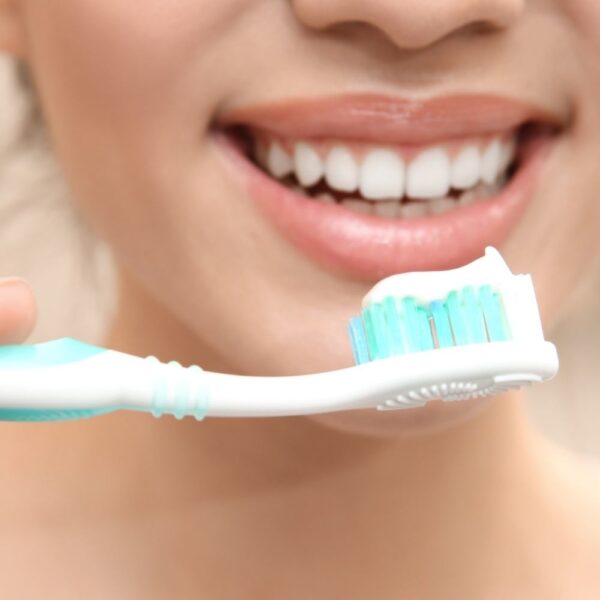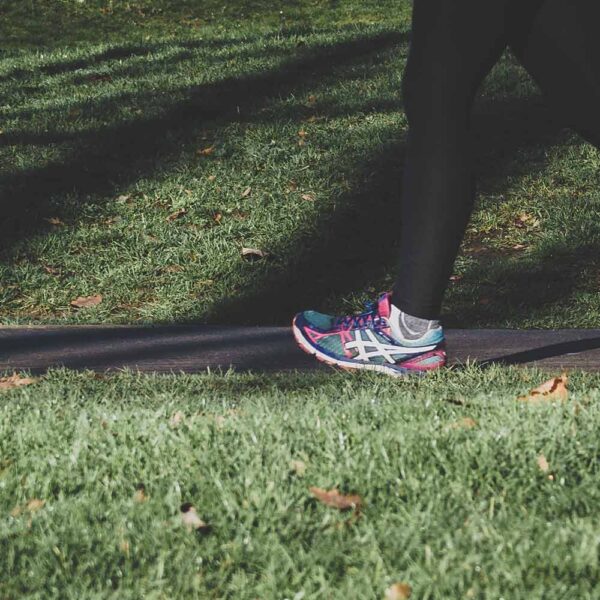Healthy fingernails should be pink with a touch of pinkish-white (moons) near the base. If your nails are dull-looking colour, or streaked with other colours, you may have a hidden health problem.
Our nails tell us a lot – they aren’t the only warning system of course, but can be helpful.
- Green nails usually indicates a bacterial infection
- Red streaks in the nail bed could be a warning sign of a heart valve infection
- Blue nails are an indication that your blood oxygen levels are low
- Dull nails generally indicate a vitamin deficiency
- White nails could be a signal of liver disease such as hepatitis
- Dark stripes at the top of the nails are often associated with ageing and possible congestive heart failure
Here are some more signs to look for:
Very thick nails:
- Are not normal – they should be strong, but they should not be too thick.
Unusually thick nails could signal:
- Lung disease
- If also rough-textured as well as thick, might can point to a fungal infection
- Thyroid disease or psoriasis especially if separated
- A circulation problem
- Allergy if they just suddenly get thick.
Split nails:
Are when they seem to flake away in layers, they could be due to:
- A deficiency in folate, Vitamin C and protein
- Psoriasis, especially if combined with a pitted nail bed (base)
- Chronic malnutrition
Concave (spoon) nails:
Are nails which are soft and curve upwards forming a dip that is often big enough to hold water, and may signal a number of internal issues:
- Iron deficiency anaemia
- Hemachromatosis, a liver disorder where your body absorbs and stores too much iron
- Heart disease
- Hypothyroidism
Very often as your health challenge is sorted out, your nails will return to normal in time
Pitted nails:
could signal:
- Psoriasis
- A connective tissue disorder
- Alopecia areata, an autoimmune disorder which causes sections of hair loss
- Zinc deficiency (if the pit forms a line across the middle of your nail)
Ridges:
On nails are not natural, and may indicate:
- Iron deficiency
- Hypothyroidism or other thyroid issues
- Inflammatory arthritis
- Lupus (red lines at the base of your nails)
Dry, brittle nails:
mean you should check your hormone levels and your gut flora could be dysregulated as a result of antibiotics or other medications, trauma etc:
- Thyroid disease tends to lead to brittle, dry fingernails that crack and split easily
- Fungus can make nails dry and unattractive
Clubbed nails:
are when your skin swells around the nail, or if the nails seem to have puffed around your fingers, they are then called “clubbed” and may mean:
- Lung disease of some sort, especially if you already have trouble breathing
- Inflammatory bowel disease
- Liver disease of some kind
- AIDS
If you are concerned, your nail signs could motivate you to see help.
Disclaimer
You can simply click on the name of each product mentioned above (in bold) and a hyperlink will take you directly to the product for an easy purchase.
Originally published on https://www.facebook.com/SallyAnnCreedSA/ in 2020.








